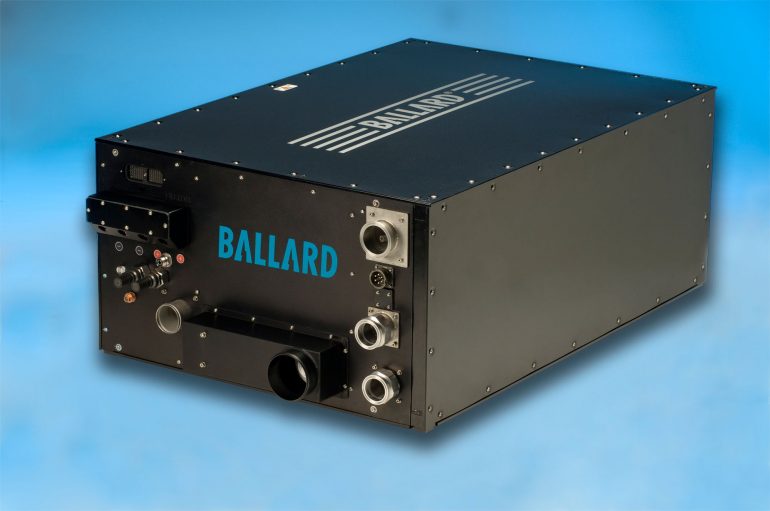The whole world is looking for clean energy solutions to feed ever-growing demand that translates into one new coal-fired plant per week in China. That country is the site of Ballard Power Systems‘ test of the first hydrogen fuel-cell-powered fixed-rail electric tram.
“Clean urban transportation is a high priority in China,” said Ballard’s President Randy MacEwen at a testing facility of the CSR Qingdao Sifang Company. CSR Sifang has a reputation for innovation in the Chinese rail transit sector and hosted a “clean, quiet, smooth experience” for guests who rode the tram to the event.
China is spending billions of dollars on renewable energy projects and Ballard wants a piece of that action.
The milestone is a big one for Ballard, which has faced challenges in the recent past in China, as it had to cancel two contracts last year with Azure Hydrogen. Ballard announced it was owed $7.5 million by that former partner around the start of 2015.
They’re not the first company that has faced difficulties in penetrating the Chinese market with the help of a reliable local partner – but the painful process was a learning experience, noted Ballard’s Director of Investor Relations, Guy McAree. “We struggled with those contracts and have learned a lot since then about the diligence we need to do to ensure the partner can deliver on their end,” he said. “The folks we’re working with in the tram and bus areas are companies we feel will be high-quality partners for us.”
China is spending billions of dollars on renewable energy projects and Ballard wants a piece of that action, despite rapidly increasing competition from local and international firms. “There’s a strong interest in addressing their air pollution issues, but they’re really looking at cost-effective solutions,” McAree said. “In the last five to six years, we’ve been able to reduce the product cost by up to 60 percent. That’s changed the game for us.”
“The technology has also come a long way in terms of its reliability,” McAree added. “Not too many people doubt that fuel cells can do what they can do.” McAree also noted that this specific fuel cell is a product Ballard has used before to power 40-foot long mass-transit buses for the Canadian, American, and European market.
“Compared with competing products our product might be lighter, smaller – and all of these factors are lining up to explain why we’re starting to get real traction,” he said.


